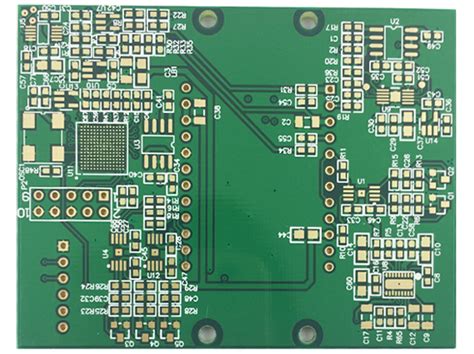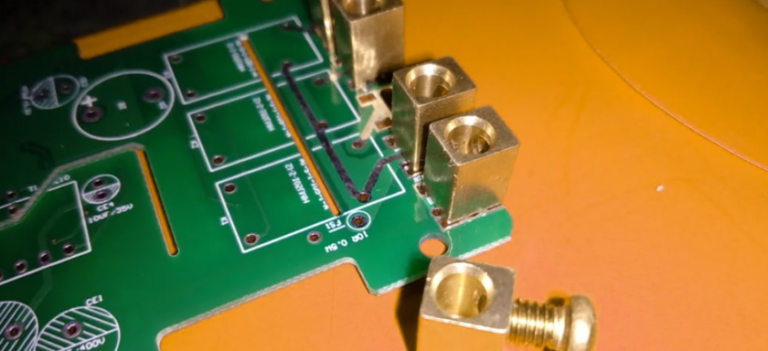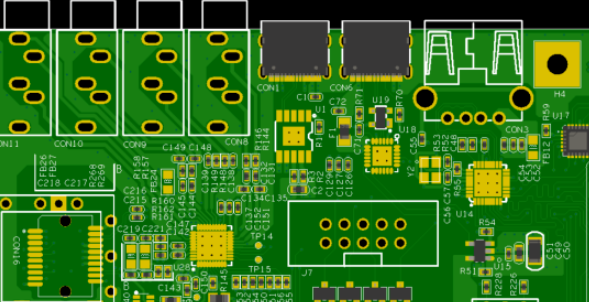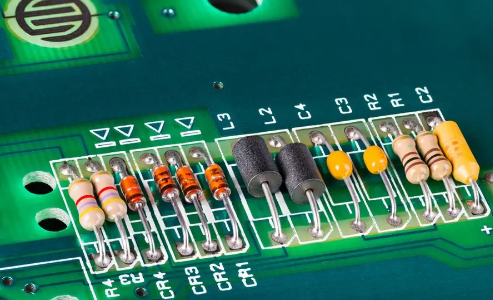Flex pcb copper thickness
Understanding The Importance Of Copper Thickness In Flex PCBs
In the realm of modern electronics, flexible printed circuit boards (flex PCBs) have emerged as a pivotal component, offering unparalleled versatility and adaptability.
One of the critical aspects that determine the performance and reliability of flex PCBs is the copper thickness. Understanding the importance of copper thickness in flex PCBs is essential for engineers and designers who aim to optimize their electronic designs for both functionality and durability.
Copper thickness in flex PCBs is measured in ounces per square foot, with common thicknesses ranging from 0.5 oz/ft² to 3 oz/ft².
The choice of copper thickness is not arbitrary; it significantly influences the electrical, thermal, and mechanical properties of the circuit. To begin with, the electrical conductivity of a flex PCB is directly related to the thickness of the copper layer. Thicker copper layers can carry higher current loads, which is crucial for applications that demand robust power delivery. Consequently, selecting an appropriate copper thickness ensures that the circuit can handle the required current without overheating or experiencing voltage drops.
Moreover, the thermal management of a flex PCB is also affected by copper thickness.
Thicker copper layers have better heat dissipation capabilities, which is vital for preventing thermal buildup in high-power applications. This is particularly important in compact electronic devices where space constraints limit the use of additional cooling mechanisms. By optimizing the copper thickness, designers can enhance the thermal performance of the circuit, thereby extending the lifespan of the components and improving overall device reliability.
In addition to electrical and thermal considerations, the mechanical properties of flex PCBs are influenced by copper thickness.
Flexibility is a defining characteristic of these circuits, and the copper layer plays a crucial role in determining the degree of flexibility. Thinner copper layers offer greater flexibility, which is advantageous in applications requiring frequent bending or movement. However, it is important to strike a balance, as excessively thin copper can compromise the mechanical strength and durability of the circuit. Therefore, understanding the specific application requirements is essential for selecting the optimal copper thickness that provides both flexibility and resilience.
Furthermore, the manufacturing process and cost implications are also tied to copper thickness.
Thicker copper layers may require additional processing steps, such as etching and plating, which can increase production time and costs. On the other hand, thinner copper layers may reduce material costs but could necessitate more precise manufacturing techniques to ensure reliability. Thus, manufacturers must carefully consider these factors when designing flex PCBs to achieve a cost-effective and high-quality product.
In conclusion, the importance of copper thickness in flex PCBs cannot be overstated. It is a critical parameter that affects the electrical, thermal, and mechanical performance of the circuit, as well as the manufacturing process and cost. By understanding the implications of copper thickness, engineers and designers can make informed decisions that enhance the functionality and reliability of their electronic designs. As technology continues to advance, the demand for efficient and adaptable electronic solutions will only grow, making the careful consideration of copper thickness in flex PCBs more important than ever.
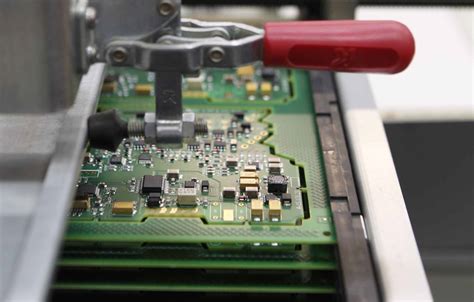
How Copper Thickness Affects Flex PCB Performance
In the realm of flexible printed circuit boards (PCBs), copper thickness plays a pivotal role in determining the overall performance and reliability of the circuit. As the demand for more compact and efficient electronic devices continues to rise, understanding the implications of copper thickness on flex PCBs becomes increasingly important. Copper thickness, typically measured in ounces per square foot, directly influences several key aspects of a flex PCB, including its electrical conductivity, mechanical flexibility, and thermal management capabilities.
To begin with, the electrical conductivity of a flex PCB is significantly affected by the thickness of the copper layer.
Thicker copper layers provide lower electrical resistance, which is crucial for high-current applications. This is because a thicker copper layer can carry more current without overheating, thereby enhancing the overall efficiency of the circuit. Conversely, thinner copper layers may be suitable for low-power applications where minimizing weight and material costs are more critical. Therefore, selecting the appropriate copper thickness is essential to ensure optimal electrical performance while balancing other design considerations.
In addition to electrical conductivity, the mechanical flexibility of a flex PCB is also influenced by copper thickness.
Flexibility is a defining characteristic of flex PCBs, allowing them to be bent, twisted, and folded to fit into compact spaces within electronic devices. Thinner copper layers contribute to greater flexibility, enabling the PCB to withstand repeated bending and flexing without sustaining damage. However, it is important to note that while thinner copper layers enhance flexibility, they may also compromise the mechanical strength of the PCB. Thus, designers must carefully evaluate the trade-offs between flexibility and durability when determining the appropriate copper thickness for their specific application.
Moreover, copper thickness has a direct impact on the thermal management capabilities of a flex PCB.
In high-power applications, effective heat dissipation is crucial to prevent overheating and ensure the longevity of the electronic components. Thicker copper layers can dissipate heat more efficiently due to their higher thermal conductivity, thereby reducing the risk of thermal-related failures. On the other hand, thinner copper layers may require additional thermal management solutions, such as heat sinks or thermal vias, to maintain safe operating temperatures. Consequently, the choice of copper thickness must take into account the thermal demands of the application to ensure reliable performance.
Furthermore, the manufacturing process and cost considerations are also influenced by copper thickness.
Thicker copper layers generally require more complex manufacturing techniques, which can increase production costs and lead times. Additionally, the etching process used to create circuit patterns on the copper layer becomes more challenging with increased thickness, potentially affecting the precision and quality of the final product. Therefore, manufacturers must weigh the benefits of thicker copper layers against the potential increase in production complexity and cost.
In conclusion, the copper thickness of a flex PCB is a critical parameter that affects its electrical, mechanical, and thermal performance. By carefully considering the specific requirements of their application, designers can select the appropriate copper thickness to achieve the desired balance between conductivity, flexibility, and thermal management. As technology continues to advance and the demand for more sophisticated electronic devices grows, the importance of optimizing copper thickness in flex PCBs will remain a key consideration in the design and manufacturing process.
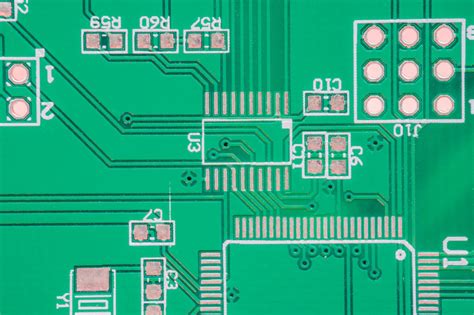
Choosing The Right Copper Thickness For Your Flex PCB Design
When designing a flexible printed circuit board (flex PCB), one of the critical considerations is selecting the appropriate copper thickness. This decision significantly impacts the performance, reliability, and cost of the final product. Understanding the nuances of copper thickness in flex PCBs is essential for engineers and designers aiming to optimize their designs for specific applications.
To begin with, copper thickness in flex PCBs is typically measured in ounces per square foot, with common thicknesses ranging from 0.5 oz/ft² to 2 oz/ft².
The choice of thickness is influenced by several factors, including the electrical requirements, mechanical properties, and environmental conditions the PCB will encounter. For instance, a thicker copper layer can carry more current, which is crucial for applications requiring high power or where heat dissipation is a concern. Conversely, thinner copper layers are often preferred in applications where flexibility and weight are prioritized, such as in wearable technology or compact electronic devices.
Moreover, the mechanical properties of the flex PCB are directly affected by the copper thickness.
Thicker copper layers provide greater mechanical strength, which can be beneficial in applications where the PCB will undergo repeated flexing or bending. However, this increased strength comes at the cost of reduced flexibility, which may not be suitable for all applications. Therefore, designers must carefully balance the need for mechanical durability with the desired level of flexibility.
In addition to electrical and mechanical considerations, the environmental conditions in which the flex PCB will operate also play a crucial role in determining the appropriate copper thickness.
For example, in high-temperature environments, a thicker copper layer can help dissipate heat more effectively, thereby enhancing the reliability and lifespan of the PCB. On the other hand, in environments where weight is a critical factor, such as in aerospace applications, a thinner copper layer may be more advantageous.
Furthermore, the manufacturing process and cost implications of different copper thicknesses cannot be overlooked.
Thicker copper layers generally require more material and may involve additional processing steps, leading to higher production costs. Therefore, it is essential for designers to consider the budgetary constraints of their projects when selecting the copper thickness. By carefully evaluating the trade-offs between performance and cost, designers can make informed decisions that align with their project goals.
In conclusion, choosing the right copper thickness for a flex PCB design is a multifaceted decision that requires careful consideration of electrical, mechanical, and environmental factors.
By understanding the implications of different copper thicknesses, designers can optimize their flex PCB designs to meet the specific needs of their applications. This involves striking a balance between performance and cost, ensuring that the final product is both reliable and economically viable. As technology continues to advance and the demand for flexible electronics grows, the importance of selecting the appropriate copper thickness will only become more pronounced, underscoring the need for designers to stay informed about the latest developments in flex PCB technology.
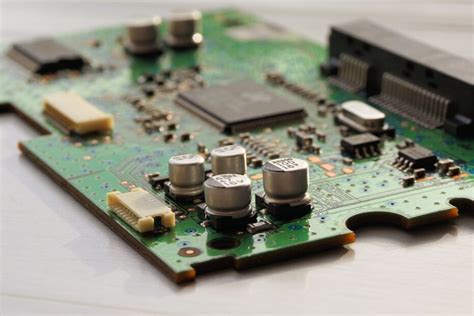
Innovations In Flex PCB Copper Thickness For Enhanced Durability
In recent years, the electronics industry has witnessed significant advancements in flexible printed circuit boards (PCBs), particularly in the realm of copper thickness. These innovations have been driven by the need for enhanced durability and performance in increasingly compact and complex electronic devices. As the demand for flexible PCBs continues to grow, understanding the implications of copper thickness on their functionality and longevity becomes crucial.
Traditionally, the copper thickness in flexible PCBs has been standardized to meet specific electrical and mechanical requirements.
However, as devices become more sophisticated, there is a growing need to optimize copper thickness to balance flexibility, conductivity, and durability. This optimization is essential for applications ranging from consumer electronics to medical devices, where reliability and performance are paramount.
One of the primary considerations in determining the appropriate copper thickness for a flexible PCB is its impact on the board’s flexibility.
Thinner copper layers offer greater flexibility, which is advantageous for applications requiring tight bending radii or dynamic flexing. However, this increased flexibility often comes at the expense of mechanical strength and current-carrying capacity. Therefore, engineers must carefully evaluate the trade-offs between flexibility and durability to ensure that the PCB can withstand the mechanical stresses it will encounter during its operational life.
In addition to flexibility, copper thickness also plays a critical role in the electrical performance of flexible PCBs.
Thicker copper layers can carry higher currents, which is essential for power-intensive applications. However, they also contribute to increased weight and reduced flexibility, which may not be suitable for all applications. Consequently, innovations in copper thickness have focused on developing materials and manufacturing processes that allow for thinner copper layers without compromising electrical performance.
One such innovation is the use of advanced electroplating techniques that enable the deposition of ultra-thin copper layers with enhanced conductivity.
These techniques have been instrumental in producing flexible PCBs that maintain high electrical performance while offering improved flexibility and reduced weight. Additionally, the development of new copper alloys with superior mechanical properties has allowed for the production of thinner copper layers that are more resistant to fatigue and mechanical stress.
Moreover, the integration of advanced simulation tools has facilitated the optimization of copper thickness in flexible PCBs.
These tools allow engineers to model the electrical and mechanical behavior of different copper thicknesses under various conditions, enabling them to make informed decisions about the most suitable thickness for a given application. This approach not only enhances the durability of flexible PCBs but also reduces the time and cost associated with prototyping and testing.
As the electronics industry continues to evolve, the demand for flexible PCBs with optimized copper thickness will only increase.
The ongoing research and development in this field promise to deliver even more innovative solutions that will further enhance the durability and performance of flexible PCBs. By leveraging these advancements, manufacturers can produce more reliable and efficient electronic devices that meet the ever-growing demands of consumers and industries alike.
In conclusion, the innovations in flex PCB copper thickness represent a significant step forward in the quest for enhanced durability and performance. By carefully balancing the trade-offs between flexibility, conductivity, and mechanical strength, engineers can design flexible PCBs that meet the specific needs of modern electronic applications. As technology continues to advance, the importance of optimizing copper thickness in flexible PCBs will remain a critical factor in the development of next-generation electronic devices.

